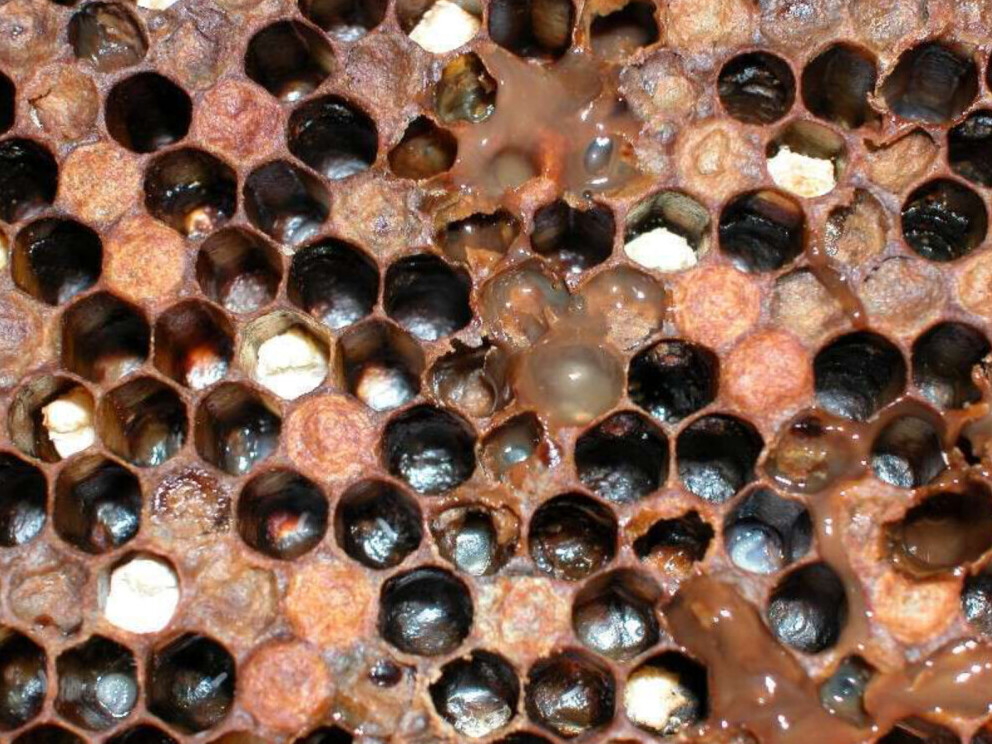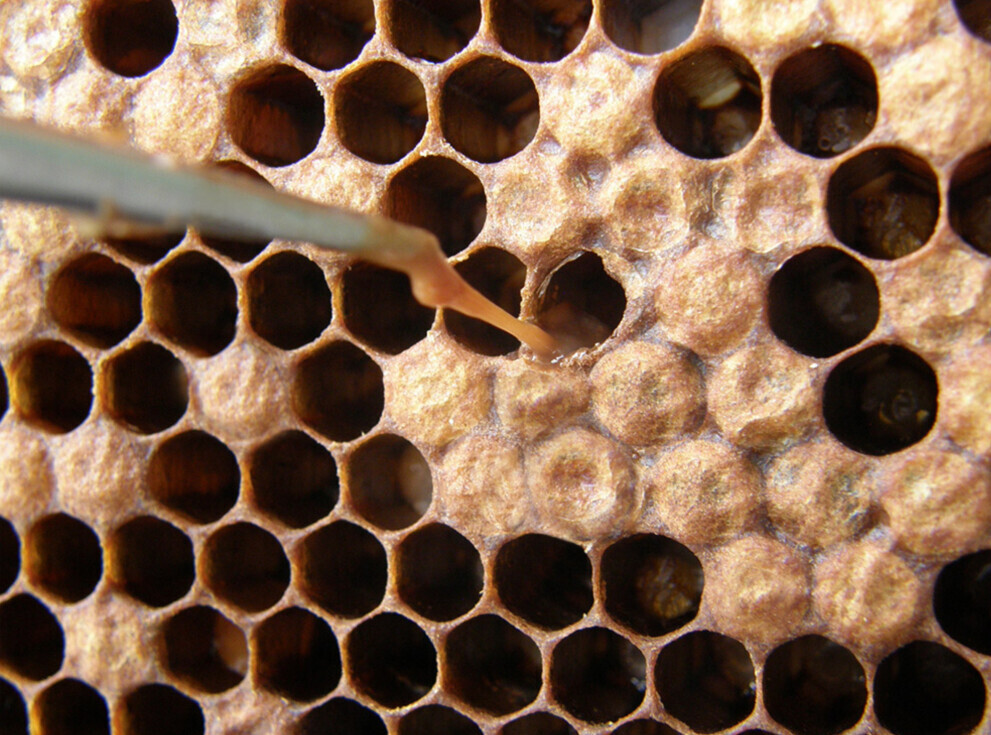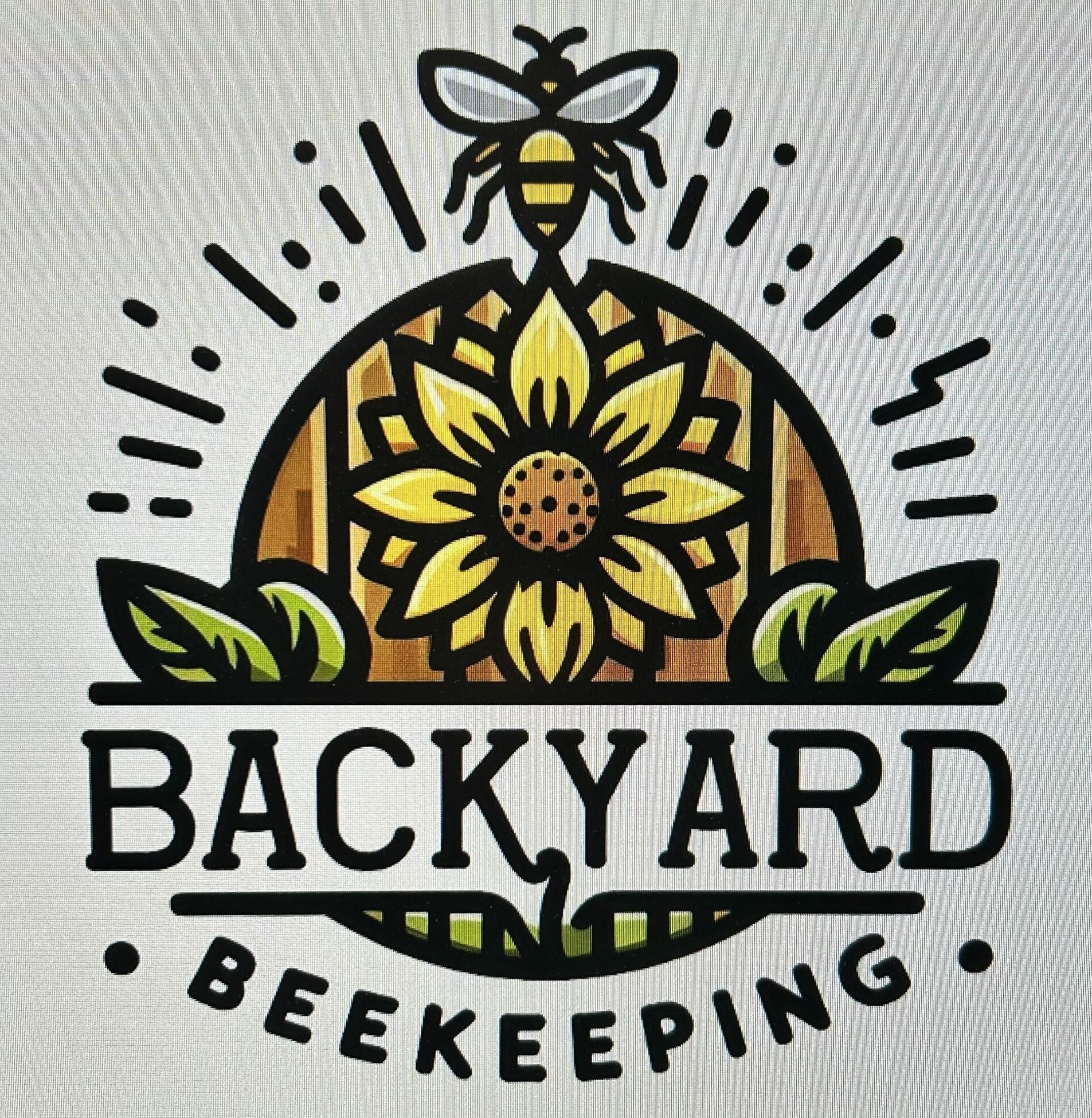When it comes to managing bee colonies, knowing your enemy is half the battle. European Foulbrood (EFB) and American Foulbrood (AFB) might have similar sounding names, but they’re quite different in their origins and impacts. Both pose serious threats to the health and productivity of your hives, so understanding each disease is crucial for any beekeeper.
European Foulbrood, caused by the bacterium Melissococcus plutonius, is considered a more erratic and less aggressive problem compared to American Foulbrood. EFB tends to pop up due to stressors like poor nutrition or unpredictable weather. Think of it as a wake-up call for your colony management practices.
American Foulbrood, on the other hand, is caused by the bacterium Paenibacillus larvae and is notorious for being more deadly. This disease isn’t just a nuisance—it can wipe out entire colonies if left unchecked, as its spores are incredibly resilient, lying in wait until conditions are ripe for an outbreak.
Diving into the history, these diseases have been part of beekeeping lore for centuries, with records detailing their impact on hives around the world. From ancient times to modern-day apiaries, foulbrood has shaped how we manage bee health. It’s not just about the bees; since they’re crucial pollinators, these diseases indirectly affect our food supply and ecosystems, too.
Addressing these diseases starts with awareness. As a beekeeper, you’re at the frontline, and knowing what you’re dealing with is key to protecting your hives and, by extension, our environment.
Identifying the Causes of European and American Foulbrood
Understanding the root causes of diseases in your beehives sets the foundation for prevention and control. At the heart of these foes are two distinct bacteria. European Foulbrood is whipped up by Melissococcus plutonius, a bacterium that thrives when bee colonies are stressed, maybe from lack of food or environmental upheavals. It’s kind of like when we catch colds during stressful times.
American Foulbrood, the more sinister cousin, is fueled by Paenibacillus larvae. This bacterium isn’t just any villain; it lays dormant as spores, waiting to strike when conditions are just right. And when it does, it can be devastating.
These foulbroods can spread through various avenues. Bees may accidentally ferry these bacteria on their journeys, or contaminated equipment might facilitate a colony-wide outbreak. Shared sources of nectar are another common scene of the crime, where unsuspecting bees pick up more than just pollen.
When you look at environmental factors, both diseases love a stressed-out hive. Temperature fluctuations, overcrowding, and nutritional deficits can turn your healthy hives into breeding grounds for these diseases.
It’s worth noting the contagious nature of these diseases. Once American Foulbrood’s spores are in the environment, they can persist for decades, ready to sneak back into your hives at any opportunity.
By understanding these causes, not only can you better protect your hives, but you can also contribute to broader community efforts to keep foulbrood at bay. Knowledge is your first line of defense.
Symptoms: Distinguishing European Foulbrood from American Foulbrood
Spotting the signs of foulbrood early on can be a game-changer for your hive’s health. Each type of foulbrood presents its own set of symptoms, and recognizing them is like knowing a secret code to saving your bees.
European Foulbrood often leaves a visual trail that’s easier to detect with a little experience. You’ll see twisted, discolored larvae in the cells, usually looking like they’ve been jostled about. Another giveaway is their unpleasant, sour odor, which can remind you of curdled milk.

With American Foulbrood, things get more dire. AFB is renowned for its foul, rotten smell and the appearance of sunken, greasy cappings on brood cells. If you see that classic ropiness—where infected larval remains stretch out when poked with a matchstick—you’ve likely got AFB on your hands.

Beyond the appearance and smell, symptoms also differ in their progression. EFB symptoms can wax and wane, ebbing with the colony’s stress levels, while AFB tends to show a rapid and more devastating rise once spores activate.
Recognizing these early signs is essential. Catching symptoms early not only limits the damage but also helps in choosing the right treatment plan, tailored to the infection type and severity.
Staying vigilant with regular inspections can help keep these threats at bay. Detailed notes and observations will empower you to act quickly and effectively, ensuring your hive remains bustling and healthy.
Diagnosis: Accurate Identification of Foulbrood in the Hive
Getting a proper diagnosis for foulbrood is key to tackling the problem effectively. Beekeepers often use a mix of field inspection and lab tests to confirm an outbreak.
During a field inspection, you eyeball the hive for those tell-tale symptoms. It’s crucial to differentiate between EFB and AFB based on what you see and smell. While this can work for the experienced beekeeper, sailing solo can be tricky without a trained eye.
For more reliability, sending samples to a lab is a solid choice. Labs can culture bacteria from hive samples, offering a clear picture of whether you’re dealing with EFB or AFB. DNA testing is another powerful tool, offering pinpoint accuracy. Think of it like having a microscope for your hive’s health.
However, some challenges crop up in this process. Beekeepers might not always have the luxury of immediate lab access, and symptoms can sometimes shuffle the deck, misleading if you’re not careful.
Technology is changing the game, though. Innovative apps and portable testing equipment are making it easier to snag an early warning, helping you act swiftly to protect your bees.
Getting the diagnosis right might mean the difference between a healthy hive and a disaster. Staying informed about these techniques and making them part of your regular hive maintenance is a savvy move for any beekeeper.
Treatment Strategies for Combating European and American Foulbrood
Once you’ve pinpointed a foulbrood infection, the race is on to tackle it effectively. Different strategies come into play, depending on whether you’re dealing with EFB or AFB, and choosing the right one is vital for hive recovery.
For European Foulbrood, beekeepers often lean towards antibiotics like oxytetracycline. While these can help in dampening the infection, their use requires a cautious approach to prevent resistance from building up in your hive. Monitoring and dosing accurately is key.
American Foulbrood is a tougher nut to crack. The resilient spores of AFB mean that antibiotics aren’t a silver bullet. In cases of severe infection, burning infected hives is still recommended to stop the spread, though it’s a hard decision for any beekeeper.
Biological control methods are gaining traction as alternatives. These methods include using beneficial bacteria that can outcompete the foulbrood pathogens, offering a gentler, eco-friendly approach to control.
No matter the method, an overarching management plan is essential. Regular hive inspections, maintaining good nutrition, and having a clear action plan for potential outbreaks can keep your bees buzzing healthily. it’s like having a toolbelt, where every tool serves its purpose in keeping the colony strong.
Prevention: Minimizing the Risk of Foulbrood Outbreaks
Prevention stands as your best defense against the looming threat of foulbrood. Keeping your hives safe doesn’t have to be daunting if you stick to some solid beekeeping practices.
First off, hive hygiene is crucial. Regular cleaning and inspection routines can save your bees from potential disaster. Swapping out old, potentially contaminated frames for fresh ones can cut off any lurking foulbrood spores before they get a chance.
Nutrition also plays a big role in hive vitality. Strong, well-fed bees are better equipped to fend off infections. Diversifying food sources and ensuring access to plenty of floral resources can make all the difference.
Genetics offers another line of defense. Breeding bees that display resistance to foulbrood can future-proof your hives. It’s like stacking the deck in your favor, giving you a fighting chance against these persistent bacteria.
Community strategies can supercharge these individual efforts. Teaming up with local beekeepers to share knowledge and strategies helps everyone stay a step ahead. Engagement with local regulations and participating in community inspection programs adds layers of protection.
Educating yourself and others on emerging trends and prevention techniques rounds out a solid preventive strategy. Think of it as an investment in not just your hives but in the broader ecological community. Keeping foulbrood at bay means stronger pollination efforts and healthier ecosystems all around.
The Importance of Monitoring and Record-Keeping
Regular monitoring and diligent record-keeping are cornerstones in maintaining hive health and mitigating the impact of foulbrood. Staying organized helps spot trends and detect issues sooner.
Frequent hive inspections let you track the condition of your colonies. This vigilance is your first alert system, showing you changes in behavior or warning signs long before they become bigger problems.
Detailed notes make it easy to recall the specifics of each inspection. It’s like keeping a diary for your bees, recording everything from brood patterns to honey stores, which can help you connect the dots across seasons.
Technology offers a modern assist in this effort. Today’s apps and beekeeping software allow for easy logging of data and even analyzing trends over time. They make the job easier and often more precise.
Collaboration is another path to success. Sharing info with other local beekeepers can provide insights into regional challenges and successes, fostering a community of informed and prepared hive managers.
National agencies often offer platforms and support for recording and sharing data, adding a valuable layer to your monitoring strategy. They can provide guidelines and standards that benefit all beekeepers and their hard-working bees.
The Future of Beekeeping: Innovations in Foulbrood Control
The field of beekeeping is constantly evolving, with new innovations bubbling up to help manage issues like foulbrood effectively. Staying ahead of the curve can be a game-changer for keeping your colonies thriving.
Emerging research is looking into the natural behaviors of bees to devise innovative solutions. Understanding how bees manage infections on their own can lead to new, sustainable control methods that work in harmony with the bees’ natural defenses.
Technology is opening new doors too. From AI tools that analyze hive health using video surveillance to IoT devices that provide real-time data on hive conditions, technology empowers beekeepers with insights that were unimaginable just a few years ago.
Robotics is even making a mark, with automated systems being developed to assist with hive management tasks. These tools reduce human labor and allow for more precise and consistent care, ensuring your hives are in top-notch condition.
Global and local communities also play a pivotal role in this future landscape. Sharing information about what’s working—or not—across larger networks helps refine and improve practices.
Creating resilient ecosystems that discourage disease could become a regular part of innovative beekeeping. This involves not just the bees but planting patterns and pesticide regulations that collectively support bee health.
By embracing these advancements and integrating them into daily practices, beekeepers can look forward to healthier, more resilient colonies. The future of foulbrood control is bright, where innovation and community go hand in hand to ensure bees continue playing their crucial role in ecosystems.
